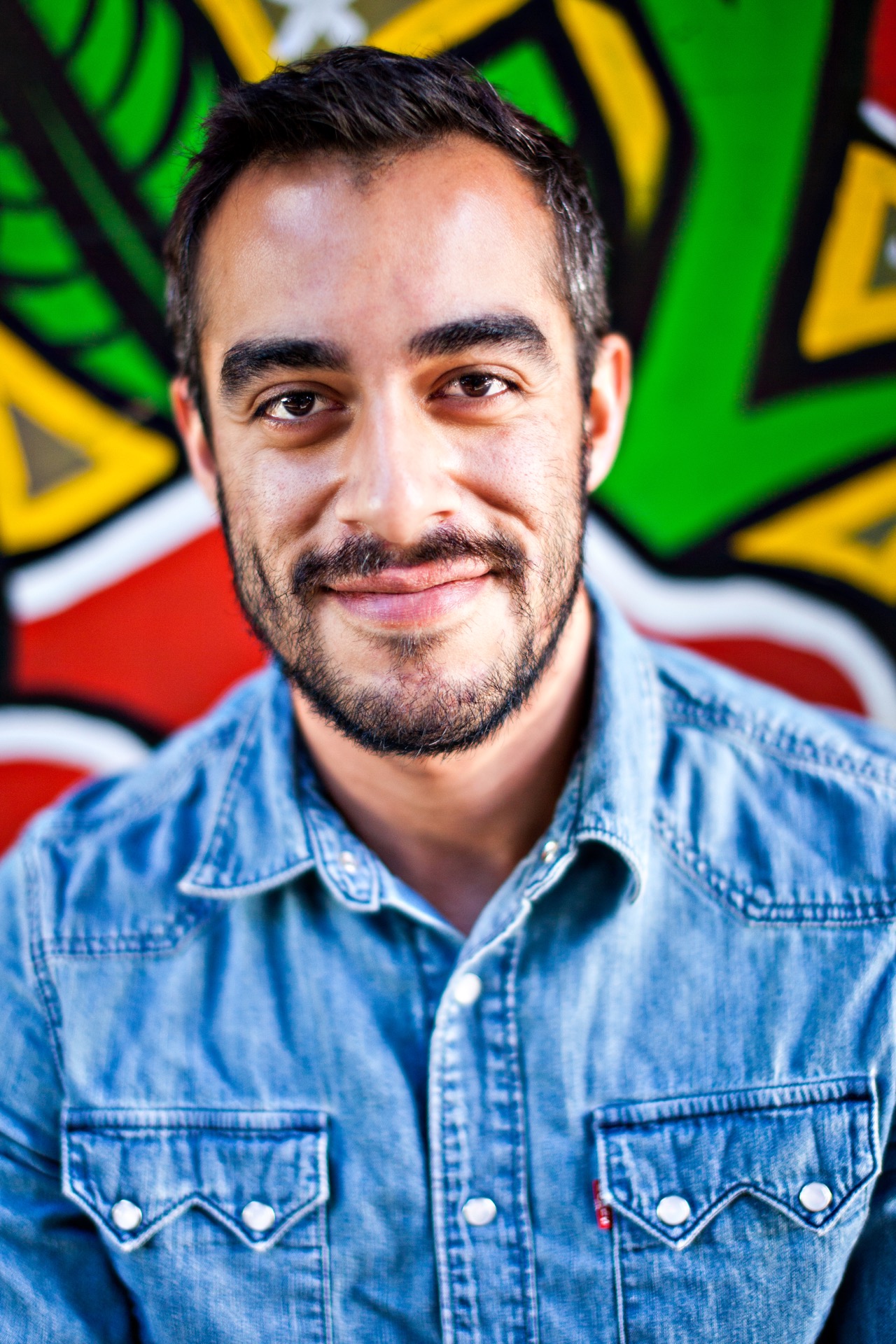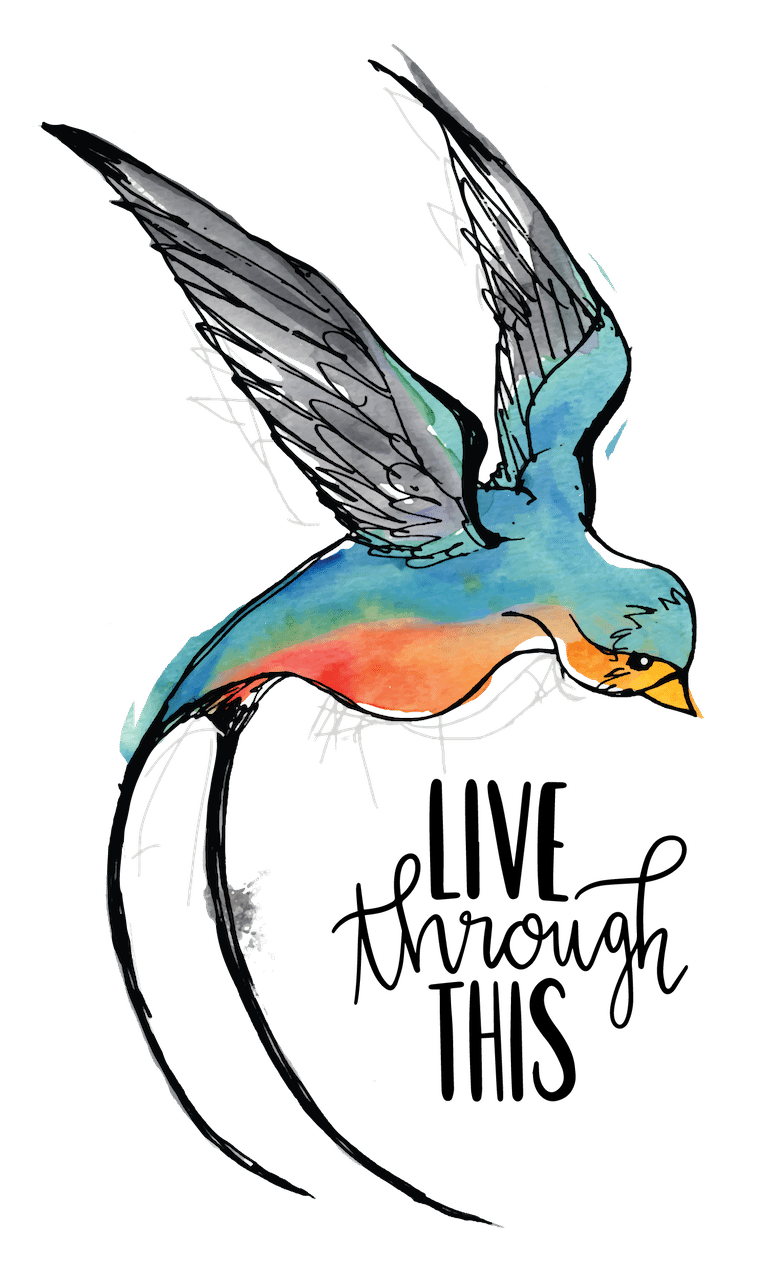
Pablo Escobar
is a suicide attempt survivor."I survived a suicide attempt."
Pablo Escobar is a student, researcher, and dog owner. He was 29 years old when I interviewed him in San Francisco, CA, on April 15, 2013.
People tell me all the time, “Your suicide [attempt]—it’s not really serious, it’s not that big of a deal,” which, to me, seems kind of weird.
 I don’t think it was extreme, like, violently, but I think the intention was definitely really real, and the fear was real. I remember at one point thinking like, “This is the last thing I’m gonna see and then I’m dead, and this is how I’m gonna feel and then I’m gonna die.” It was not pleasant.
I don’t think it was extreme, like, violently, but I think the intention was definitely really real, and the fear was real. I remember at one point thinking like, “This is the last thing I’m gonna see and then I’m dead, and this is how I’m gonna feel and then I’m gonna die.” It was not pleasant.
No one’s pain and no one’s suffering and no one’s desire to do that is less than someone else’s, you know
We have this belief that the more aggressive and the more violent and the more destructive it sounds, the more serious of an attempt it was… But, I mean, an attempt is an attempt. No one’s pain and no one’s suffering and no one’s desire to do that is less than someone else’s, you know, and they all deserve some sort of recognition and aide.
How I stopped it – I just kind of, one day, went through everything and I thought, “Who do you want to be? What do you want to do? Do you want to be this person that… at the end of the day no one is out there trying to hurt you. You are the only one who is hurting yourself. You are the only one hitting yourself. You are the only one cutting yourself. Do you really want that?”
And I was like, “No, I don’t.”
One, I don’t want to explain. Sometimes, you know, if it was down a little more on my arm it had been visible, and I don’t want anyone to see that. I didn’t want that. I didn’t want to walk around wearing long-sleeved shirts. I didn’t want to walk around bloody nosed or bruised all over, you know?
So, I just kind of thought, “I can’t do this anymore. I can’t. This is my goal. I don’t want to do it. How am I gonna start it?”
The way I deal with stuff is I try to stay active by exercising, doing stuff, and also rewording everything.
The way I deal with stuff is I try to stay active by exercising, doing stuff, and also rewording everything. For some reason that kind of works for me. If things seem bad or if I’m all of a sudden I’m starting to get really down and I want to do something, I just breathe, you know, take a deep breath and just kind of…
Like, before, for example, I would say, “I’m worthless because blah, blah, blah.”
Now it would be like, “Okay, you feel worthless.”
It’s just getting into the habit of recognizing it and then putting the brakes on it. And you just kind of keep doing that.


